What to eat on a low GL diet
- Tracy Tredoux

- Mar 18, 2019
- 4 min read

The previous article gave some background on the benefits of a low GL diet. Today we are taking a look at how to actually put it into practice.
Here are some of the basic rules and guidelines to stick to when embarking on a low GL diet. Read the lists below a few times until you start to get a sense for which foods are high GL and which are low. Ideally, you want this to become second nature so you don’t have to waste time checking ingredients at each mealtime.
Your Daily Allowance
Each day, you should aim to get between 35 - 45 GLs, which includes both food and drinks. There is no strict rule for how you break this down, your lifestyle may dictate this, but here is a general guideline:
Breakfast: 10 GLs
Lunch: 10 GLs
Dinner: 10 GLs
Drinks and Snacks: up to 15 GLs across the day.

Drinking for low GL
Avoid alcohol wherever possible. Try to stick to a maximum of 5 glasses of wine, or 2-3 pints of beer per week. If you find that it is too difficult to achieve this, remember that any reduction at all is an improvement and will have benefits, so don’t become disheartened.
Limit or avoid caffeine. Try to stick to a maximum of 1 cup of tea or coffee each day and completely cut out any fizzy caffeinated drinks.
Aim to drink 8 glasses of water per day, or more if you are exercising. This can include any non-caffeinated herbal teas.
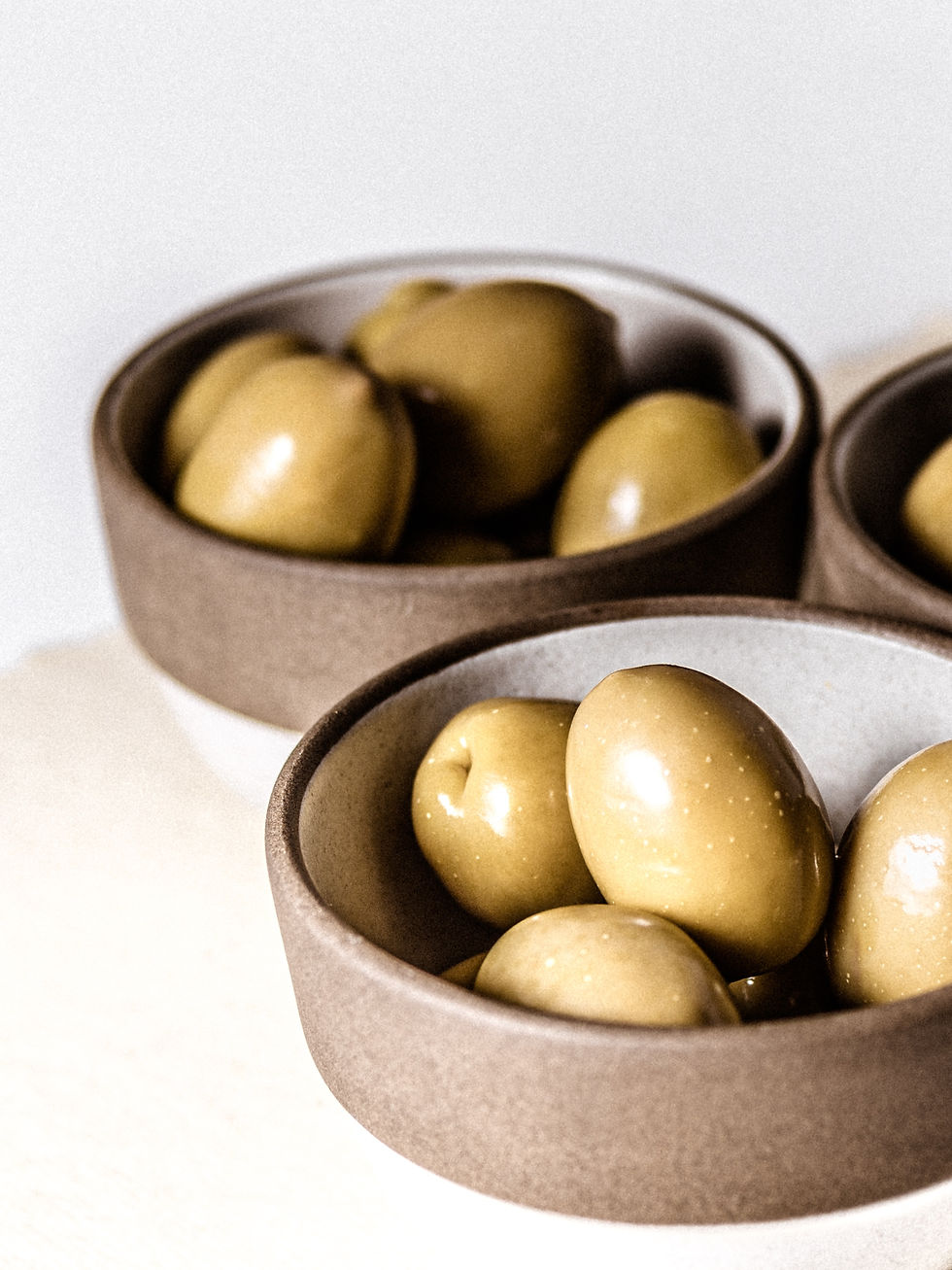
Eating for low GL
Avoid sugar, sugary foods and any food containing fast-releasing carbohydrates. These are foods that will receive a GL rating of 10 or above, per serving.
Avoid trans-fats. Healthy fats are essential for our bodies to function properly, but those found in processed vegetable oils and the hydrogenated fats found in sausage, fried food and other junk food are harmful and should be avoided.
Aim to include low GL carbohydrates with a portion of protein at each meal. The protein will actually reduce the glycaemic load of the carbs even further.
Include whole, unprocessed foods that are high in soluble fibre, such as oats, beans and lentils.
Include plenty of healthy fats in your diet. It is now a well-established fact that fat does not make you fat and conversely, low fat does not assist in weight-loss. In fact, fat is an essential part of a healthy diet. Take a look at this article to learn more about the role that fat plays in the body. Foods such as avocado, olives, seeds and fish are all wonderful sources of healthy fat. Include a good amount of these and your body will stop craving the trans-fats that can be so damaging to your health.
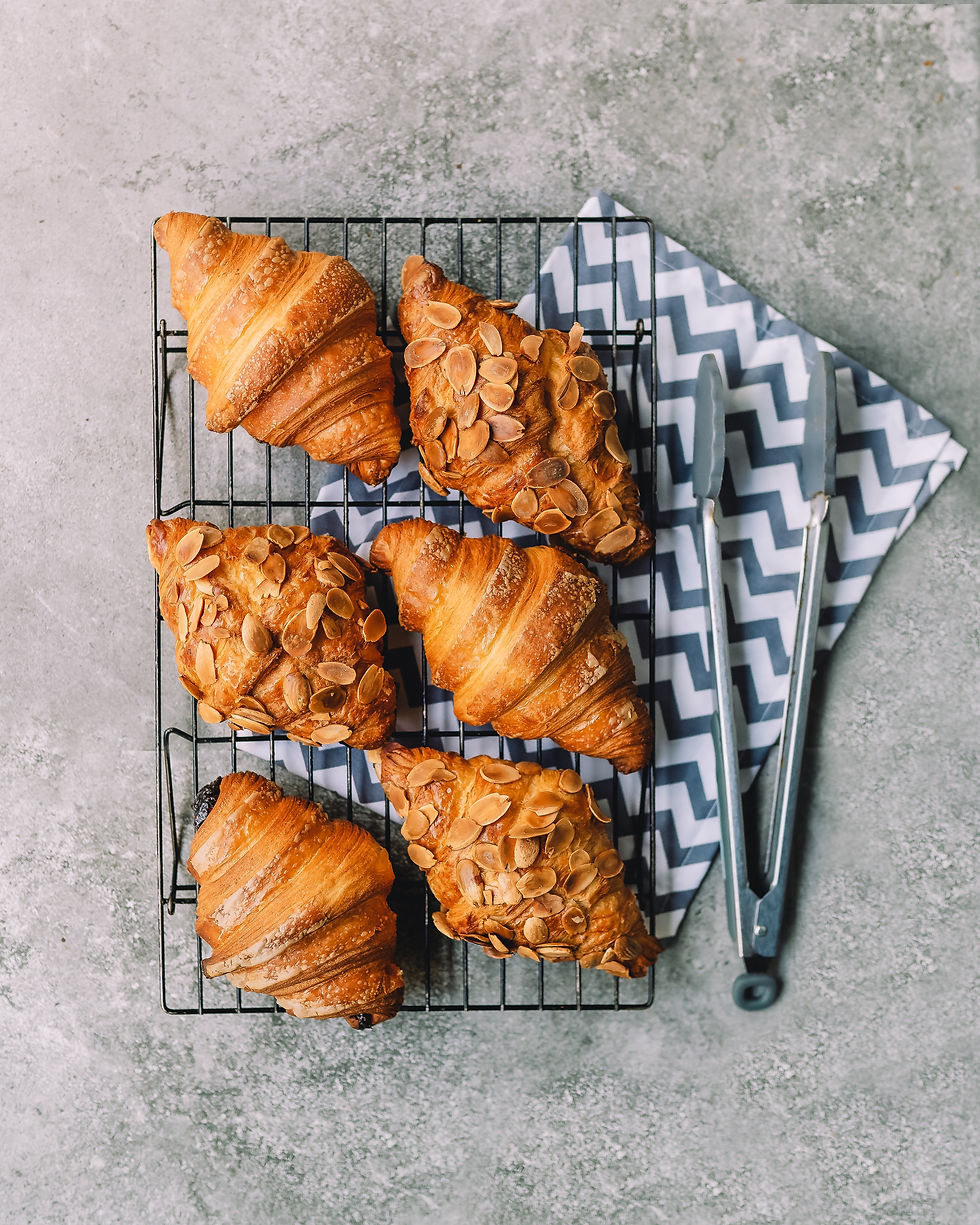
GL food checklist
Here are some guidelines for the GL content of various food categories. You can begin to get an idea of which foods you can fill up on and which must be eaten in moderation.
Breads
Oatcake - 2GL
Small wrap - 5GL
Rye slice - 6GL
Ryvita - 6GL
Rice Cake - 6 GL
Wholegrain - 7-9GL
White slice - 8-10GL
Croissant - 17 GL
Muffin - 17GL
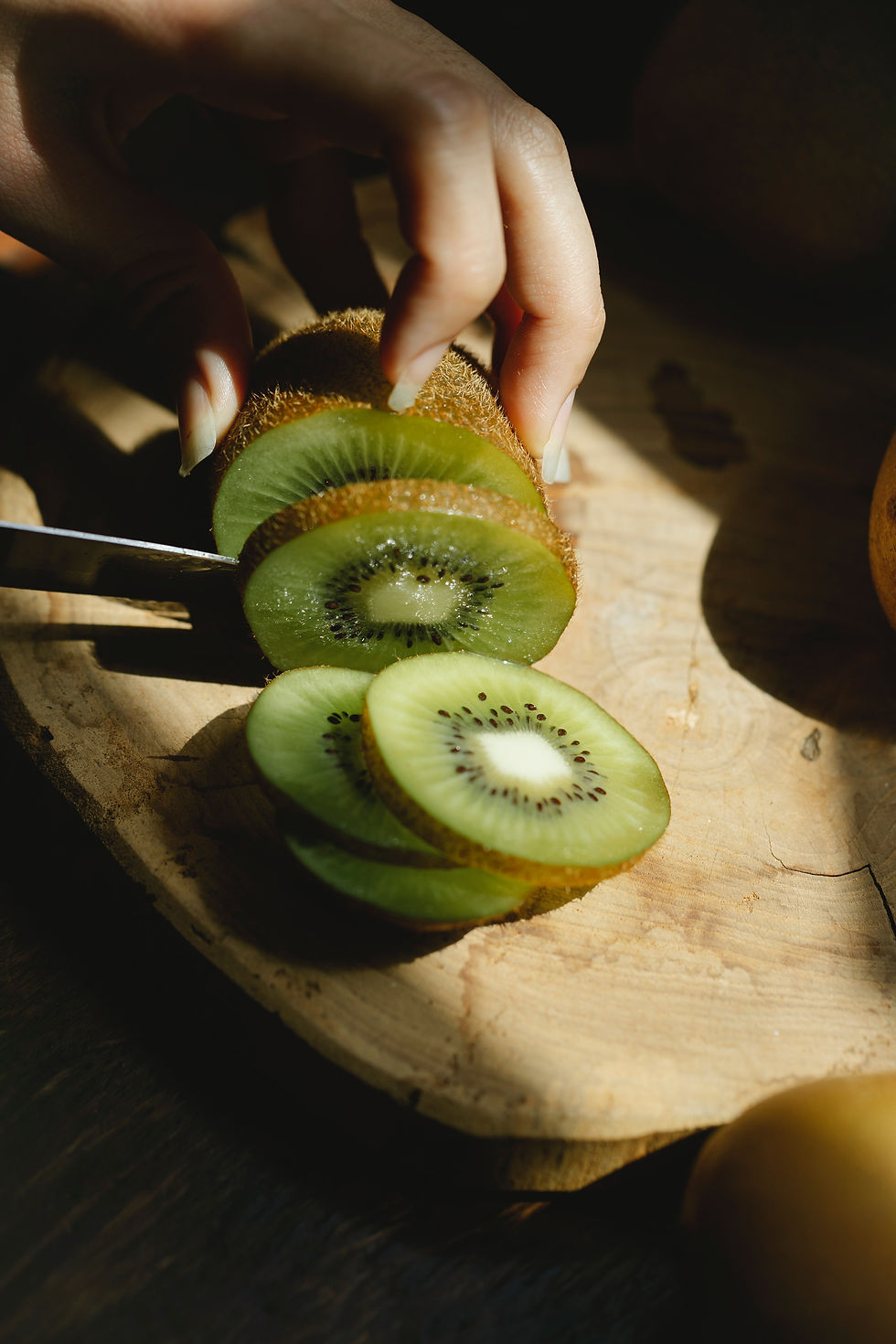
5GL of Fruit
Berries - 1 large punnet
Cherries - 1 punnet
1 grapefruit
Half a melon
1 pear, peach, orange, apple or kiwi
4 apricots or plums
Pineapple or mango - 1 slice
10 grapes or raisins
Half a banana
Low GL

0GL Vegetables
Broccoli
Spinach
Kale
Runner beans
Peas
Courgettes
Cabbage
Brussels sprouts
Mangetout
Asparagus
Soya Beans
Tomatoes
Lettuce
Watercress
Alfalfa
Cucumber
Celery
Peppers
Endive
Radish
Rocket
Garlic
Cauliflower
Onions
Mushrooms
Fennel
Aubergine
Bean sprouts
Spring onions
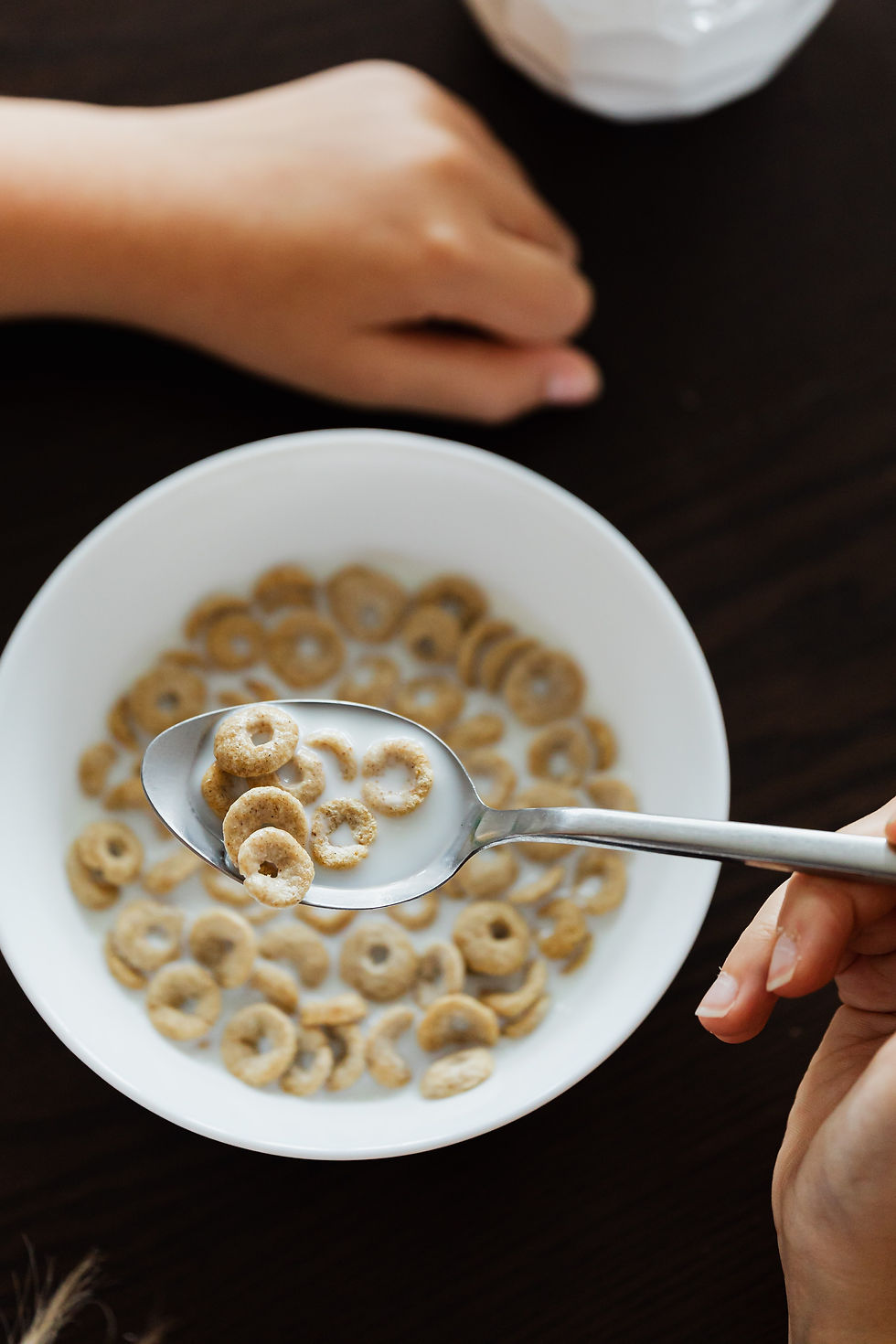
7GL of Cereal
1 large bowl of porridge
1 large bowl of GL muesli
1 regular bowl of low-carb granola
1 weetabix or shredded wheat
30g All Bran
20g muesli
15g raisin bran/bran flakes/special K
10g cheerios/corn flakes/rice krispies
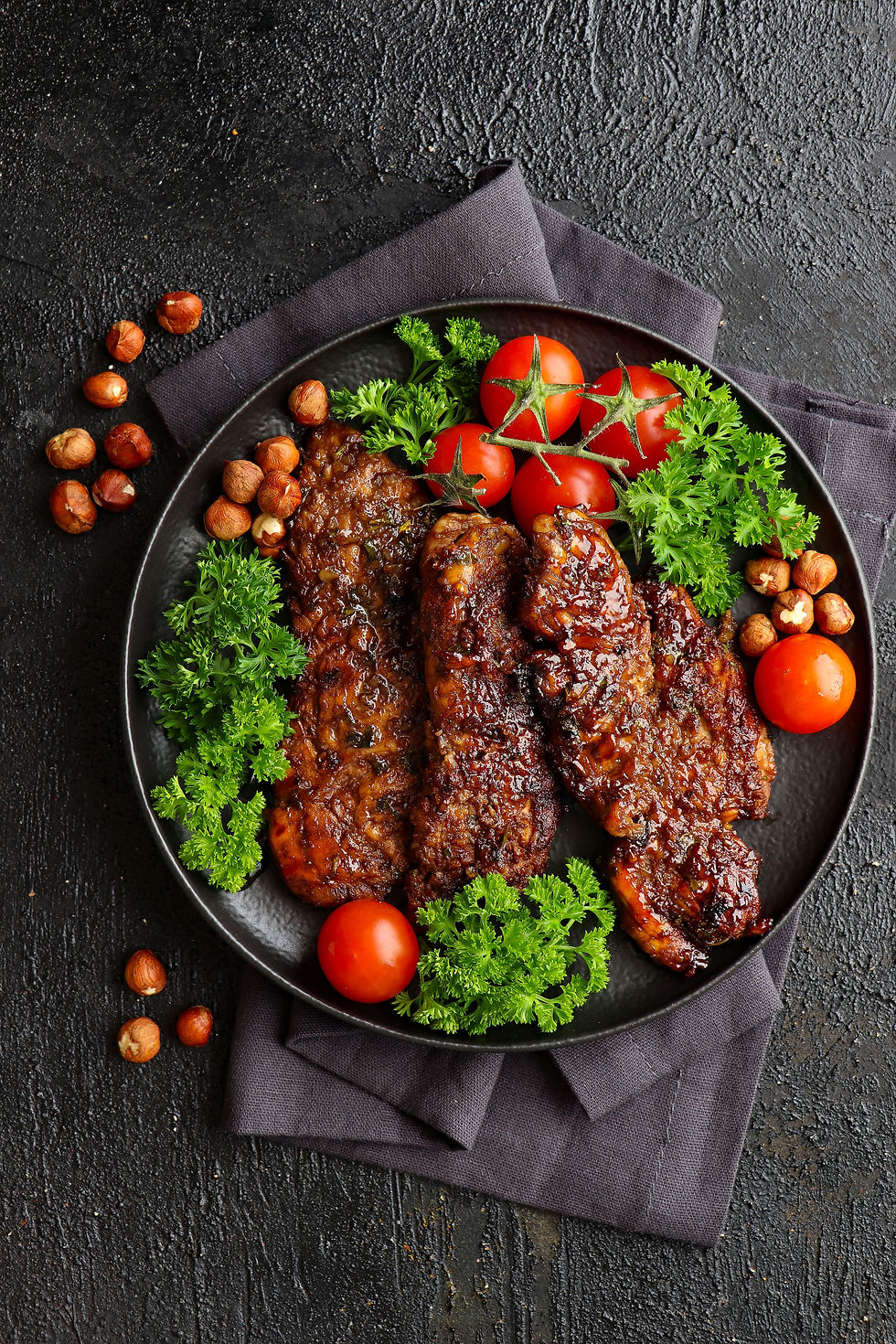
Protein
Eggs/fish/poultry/meat - 0GL
Cheese - 0-1GL
Cow’s milk (300ml) - 3GL
Soya milk (250ml) - 3GL
Fruit yoghurt - 10 - 15GL
Plain yoghurt - 3GL
Seeds - 0GL
Nuts (25g) - 0 - 2GL
Lentils (150g) - 5GL
Beans (150g) - 10GL
Soya Beans (150g) - 1GL

High GL
7GL of Starchy Carbs
Pumpkin - 1 fifth
Carrot - 160g/1 large
Beetroot - 110g/1 large
Quinoa - 65g/2 handfuls
Cous cous - 25g/1 handful
Wholewheat pasta - 35g/1 handful
White pasta - 35g/1 handful
Brown rice - 40g/1 handful
White rice - 25g/1 small handful
Corn on the cob - 60g/half a cob
Baked or mashed potato - 60g/half a potato
New potatoes - 70g/3 potatoes
Chips - 3 chips
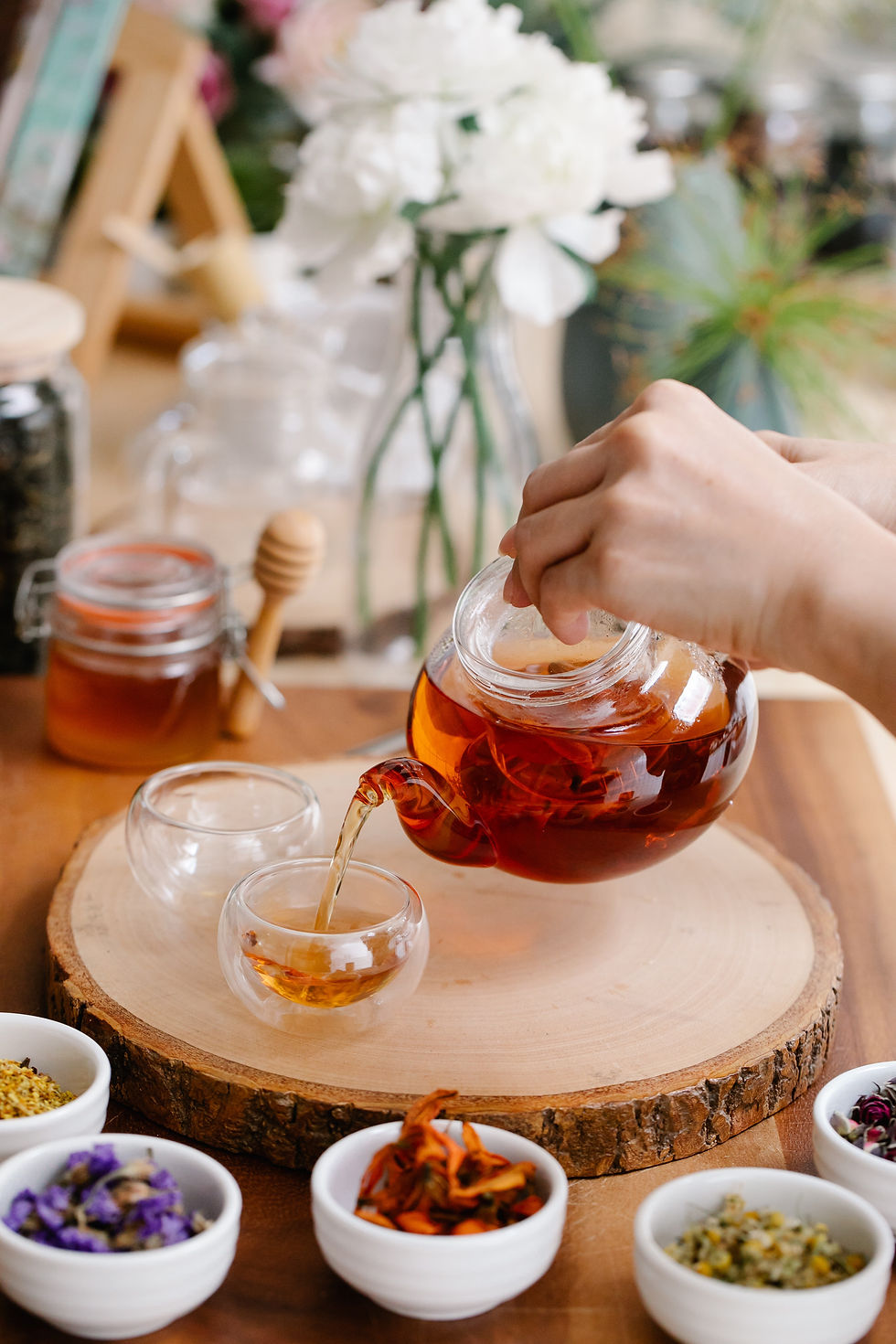
Drinks
Water - 0GL
Herbal Tea - 0GL
1 small glass of wine - 5GL
Vodka and tomato juice - 2GL
Vodka, soda and fresh lime - 1GL
Gin and tonic - 10GL
Half pint/284ml of beer - 5GL
1 Pint/568ml tomato juice - 4GL
1 Glass of carrot juice - 10GL
1 Glass of fruit juice - 5GL
Half pint of cider - 10GL
Half pint of pimms and lemonade - 10GL
Low GL
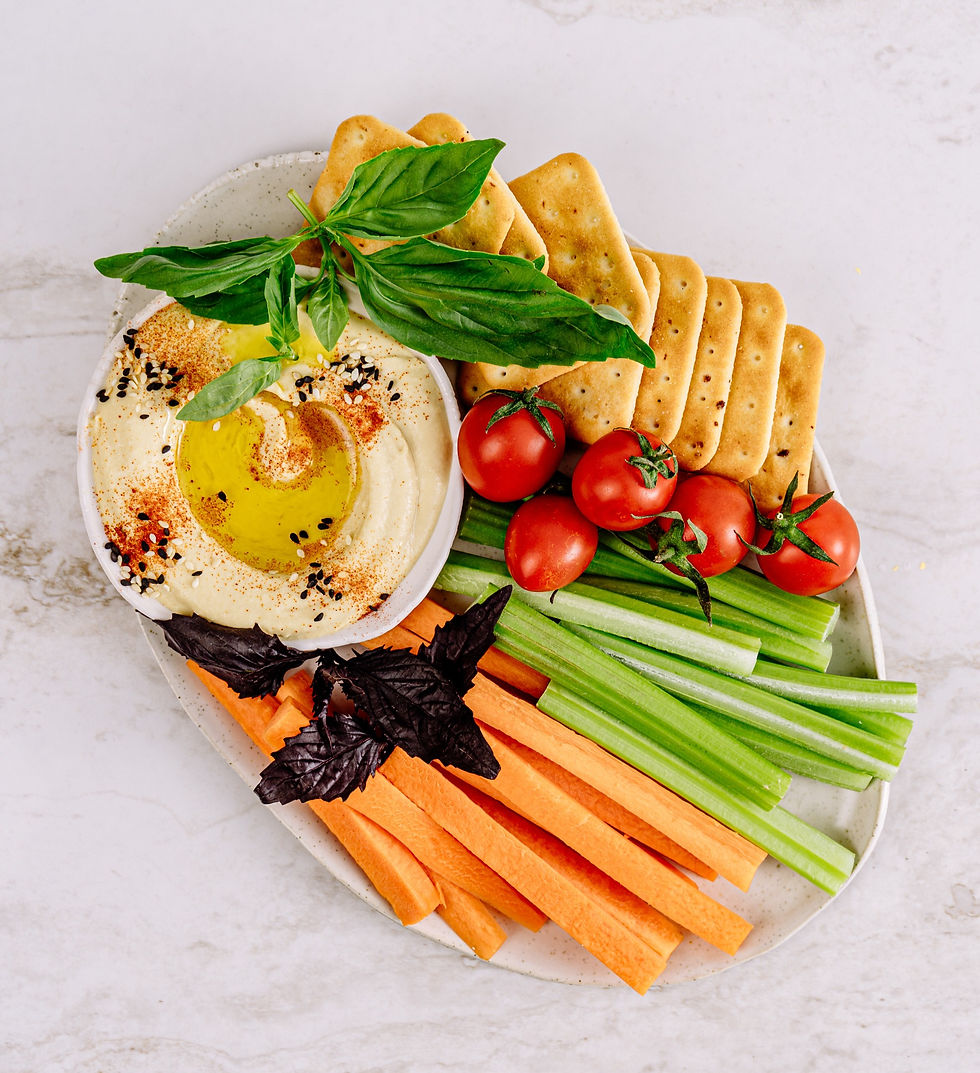
Other
Oils - 0GL
Avocado - 1GL
Nut Butters (16g) - 1GL
Houmous (60g) - 3GL
Dark Chocolate (25g) - 3GL
Milk Chocolate (49g) - 15GL
Vanilla Ice-cream (one scoop) - 7GL
Cereal Bar - 15g - 20GL
Biscuits (x1 average) - 5GL
Cake (1 small slice) - 20GL
Crisps (1 small bag) 10 - 15 GL
Chocolate bars / sweets (50/60g) - 20-30GL
Each day, you should aim to get between 35 - 45 GLs, which includes both food and drinks.




Comments